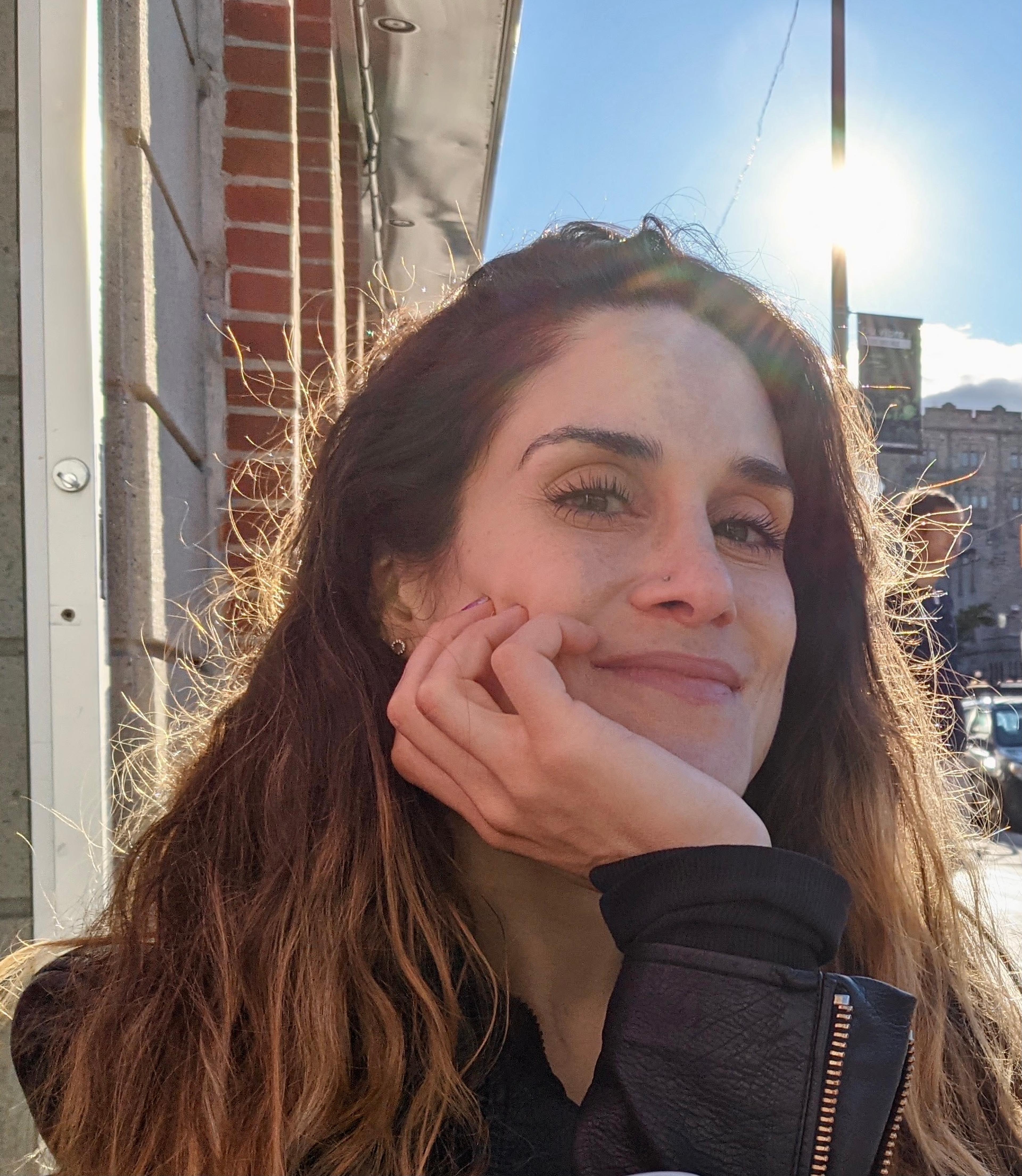


There’s a scene in the movie Mean Girls where Lindsey Lohan’s character Cady (who has never celebrated Halloween in America) shows up to a party dressed in an old-fashioned wedding dress and false teeth, with fake blood dripping from her mouth. “Why are you dressed so scary?!” asks Amanda Seyfried’s Karen. “It’s Halloween!” Cady answers, confused. The other female-presenting party attendees are mostly decked out in lingerie and animal ears.
The scene is a parody, of course, but it plays upon an underlying truth: Halloween costumes put pressure on young people — particularly those who identify as girls and women — to look a certain way. This can take the form of sexualization, as in the movie, or simply an increased emphasis on appearance that can exacerbate existing body anxieties.
While it’s perfectly fine for young people to express themselves creatively, get silly, or even rock revealing costumes during Halloween, the whole act can pose a stressful challenge to those struggling with body image or recovering from an eating disorder.
Most holidays present challenges for those in recovery, but Halloween can be particularly tricky. Besides the pressure to participate in big social events and the abundance of candy, which is a common “fear food,” there’s the focus on physical appearances vis a vis costumes. Here’s how to set the stage for a more fun, festive Halloween in recovery:
Halloween costumes have become all about the body
First of all, no: it’s not your imagination. Halloween costumes have become less about creativity and dressing up as something fun, and more about showcasing one’s body and meeting society’s beauty ideals. While some people may feel comfortable in revealing clothing, others — particularly those grappling with body image issues or navigating recovery — may have a lot of negative feelings about the costume options. And that’s okay. But acknowledging the reality of the situation may help initiate a productive conversation.
“There definitely seems to be an increased focus on form-fitting costumes,” says Jennifer Derenne MD, VP of Clinical Care Delivery and Head Psychiatrist at Equip. “In my clinical work, I see a lot of young people focused on changing their body shape or size in order to wear a specific costume.” She explains that this can be particularly problematic when planning “theme” costumes with friends or romantic partners. Doing so often causes young people to compare their bodies to those of others in their social group, leading to dissatisfaction with their own appearance and the urge to engage in eating disorder behaviors.
“Depending on age and your social support system, the traditional constraints of looking ‘sexy’ can be very harmful to anyone dressing up for Halloween, and certainly to those who have struggled with disordered eating in the past or present.” says Equip Practice Coordinator Jerica Mosello. “No matter how you identify your gender, we all feel those constraints to be thin, buff, or just ultra-fit in general. Most commercial costumes are not designed or constructed for a realistic body-type. If you want a fright this Halloween just head to a costume shop: shopping can truly be the stuff of nightmares!”
Mosello says she’s observed an undeniable surge in the number of sexualized costumes over the last decade or so. “Last week, I saw examples of this that include Sexy Corn On the Cob, Sexy Minion, Sexy Fortune Cookie, Sexy Wednesday Adams, and Sexy Baby Food,” she says, noting that children’s cartoons and even characters that are traditionally children are part of the trend “Children's cartoons and even characters that are traditionally children — how cringy is Wednesday!?”
Costumes aren’t always made with all bodies in mind
In addition to the obvious sexualization issues, Halloween costumes — and all costumes for that matter — have historically been manufactured for a very specific (read: thin) body type, creating a lot of unnecessary suffering for those who can’t find options that work for their bodies. “Anytime we dress up as someone else or try to match a character, comparison is bound to come up and negative body thoughts are quick to follow,” says Equip Body Image Program Manager Ally Duvall.
Duvall believes that because costume trends — much like fashion fads — tend to change over time but still reference prior eras, we may have to brace ourselves for an onslaught of potentially triggering options that could further alienate many shoppers. “As our society is shifting back into the ‘Y2K’ aesthetic, we’re seeing very low rise jeans, short spaghetti strap tops, and a re-glorification of thinness,” Duvall says. “I foresee this trend continuing over to Halloween costumes, with the outfits aiming to showcase thinness and smaller bodies.”
How to prepare for Halloween and find a costume that’s just right
There’s no one-size-fits all strategy for managing costume anxieties. But if a loved one is struggling with Halloween stressors, approaching the topic with openness and compassion may help them alleviate their anxieties and figure out what makes them feel most comfortable. Here are some suggestions:
- Listen to your loved one and allow them to take the lead. “Suggest your loved one trust their instincts about what they’re ready to do this year,” Derenne says. That might mean that they skip out on dressing up altogether — and that’s okay. “If they do decide to wear a costume, encourage them to focus on wearing something that is comfortable and feels good to them. It will be challenging for them to be present in the moment and able to enjoy themselves if their clothing is constricting or makes them feel self conscious.”
- Connect with trusted allies in advance and make a plan for costumes, activities, and events. Mosello encourages you to help your loved one avoid triggers by reaching out to your support system in advance and making safe plans. By getting ahead of things, you can help ensure they avoid risky exposures and negative influences.
- Overprepare and stock up on options. “Instead of picking one costume, it can be helpful to pick out a couple different options in order to meet your loved one where they’re at body image-wise,” says Duvall. “You can also support them by coming up with ways to challenge any negative body thoughts that might pop up, whether that's through distraction, using positive self-talk, or otherwise.”
- Think outside the box. “A great principle for costumes is one I myself now apply every year: I try to find body-neutral or body-embracing costumes that I can usually make from clothing I already feel great in at home,” Mosello says. “Find funny costumes using what you already love and that make you love yourself so your Halloween season can be a little less scary!”
- Know that costumes aren’t even necessary for a good time. “Sometimes making Halloween about costumes and how they look might be too much to cope with at one time,” Duvall says. “In that case, you can maybe host a game or scary movie night with comfy pajamas to both take the pressure off and have a good time.”
In the end, how you or your loved one choose to spend October 31 (remember, it’s just a day!) is a totally personal decision. Initiating conversations with others in your community and creating a dialogue around potentially problematic costumes, comments, and expectations may help more people understand how to be sensitive and caring. “It's always so eye-opening for me when people are surprised about the challenges inherent to navigating holidays during ED recovery,” Derenne says. “I wish more people realized that any occasion focused on food or wearing certain clothes can be triggering. Increased awareness helps us be more thoughtful and able to support loved ones during difficult times.”







